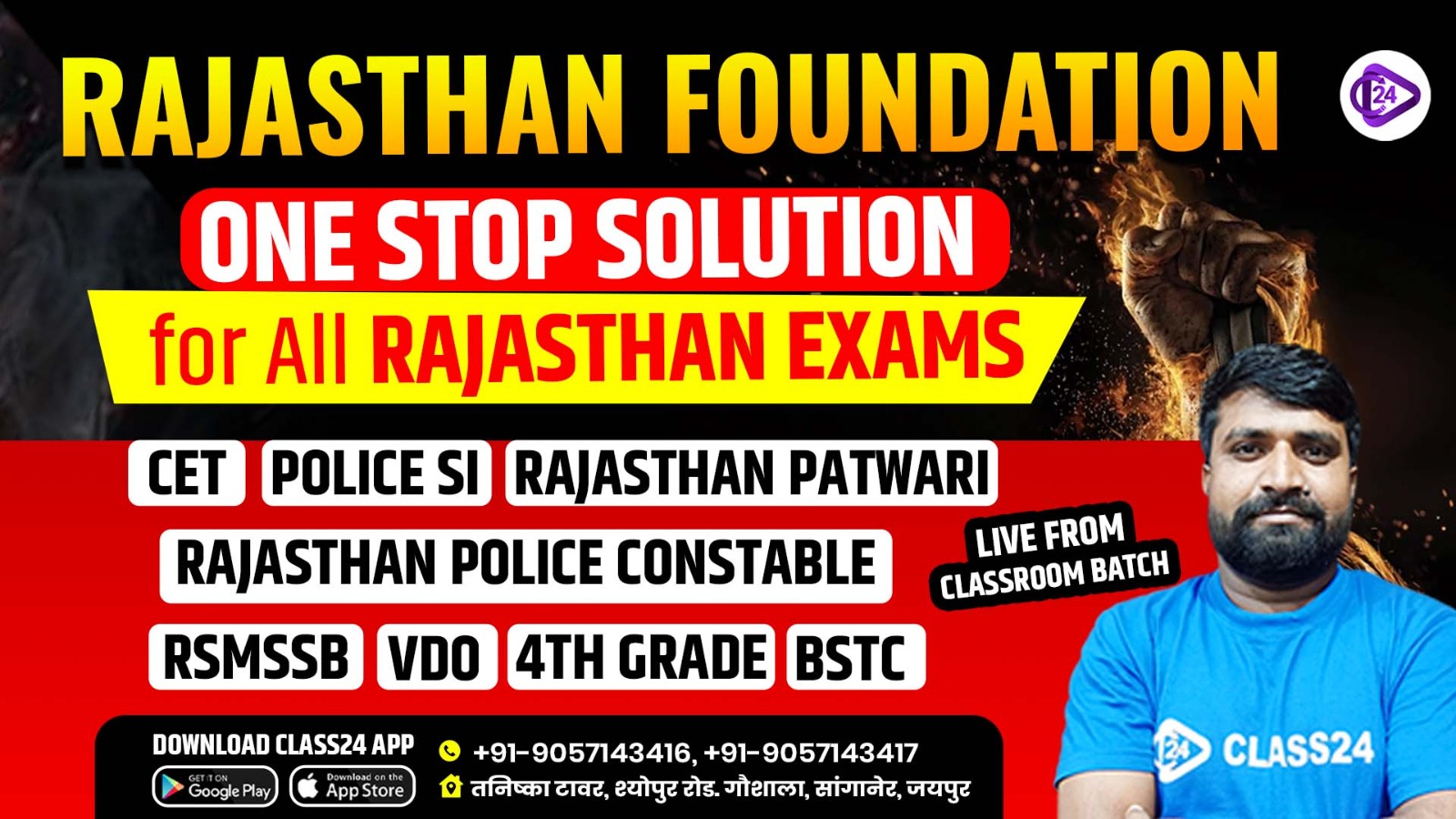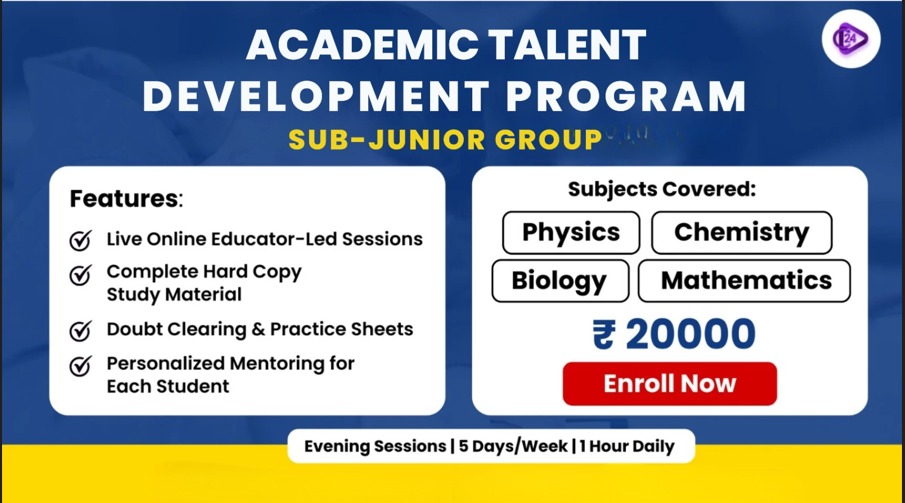
It is also considering an offer to expand the creamy layer exception in the Other Backward Classes (OBC) policy of reservation of posts. This has been done in such a way that only the OBCs that need the reservation in government employment and educational institutions get the reservation that can fulfill their needs completely. This exclusion would be applicable to several categories such as central and state-level government organizations, public sector enterprises (PSUs), private organizations, and learning institutions with the proposal.
Context
-
The government is seriously considering a move of expanding the creamy layer exemption in the reservation policy of the Other Backward Classes (OBC reservation).
-
Such exclusion, that applies to OBCs whose annual income exceeds a certain limit, is to make reservation in government offices and academics accessible only to those in real need.
Background
-
In India, the concept of a creamy layer was employed as an aftermath of the Indra Sawhney vs Union Of India (also called the Mandal verdict) case in the year 1992.
-
With this verdict, the creamy layer was constituted as the OBCs who are socio-economically placed higher usually in terms of wealth, income or status.
-
Such people do not qualify under the 27 percent reservation of OBCs in educational institutes and government employment.
The income limit of creamy layer is created and revised several times:
-
Year 1993: Rs 1 lakh per annum was fixed
-
2004, 2008, 2013: Increased and raised
-
2017: It was pegged at Rs 8 lakh per annum and that has been unchanged ever since.
At present, the creamy layer does not include some OBC groups such as constitutional office holders, officers in Group-A/ Class-I, PSUs employees, professionals, property owners and those whose income or wealth level is above the set levels.
The Proposal
Some of the major factors that the government is taking into account in the proposal are as follows:
-
Central and State Government Organizations: In Central PSUs, the creamy layer exclusion has already been effected. Nevertheless, the proposal would make it more formal in the sphere of the whole private sector, universities and state government organizations.
-
Private Sector: The impossibility of defining equivalent status in the very broad scope of employment and pay grades in the private sector makes it impossible. The proposal involves application of income/wealth criteria as a method of segregating employees and identifying those that should receive OBC benefits.
-
Universities and Education Institutions: Teachers like professor, assistant professor and associate professors are entitled to a salary which is equal to or more than that of the Group-A posts endowed in governmental services. They could be in such positions where they could be defined as creamy layer, i.e. their children would not be OBC reservations.
-
Non-Teaching University Staff: The non-teaching staff in the universities will also fall in the creamy layer depending on the scale of the pay they receive and on level.
-
State PSUs: As in the central PSUs, the proposal would require the executive-level positions as well as the positions of managers to be treated as creamy layer. But this comes with a rider executive whose income is less than Rs 8 lakh (the existing threshold in case of a personal taxpayer) will not fall in the creamy layer.
-
Government-Aided Institutions: The students could be classified by equivalence of staff of institutions (funded by government but run autonomously (such as the private colleges)) to central or state government rates of pay and grades.
-
Legal Clarity: The suggestion is targeted at dealing with the contradictions which have resulted in the pending matters in Supreme Court as well as other high courts over the specifications of creamy layer. Through this explanation, the government tries to create a more transparent implementation of the criteria in the various sectors to be more uniform and fair.
Expected Outcomes
-
Broadening jobs to the OBCs: There is an attempt by the government to widen the employment scope of the creamy layer provisions so as to increase the OBCs in different spheres which mainly include government jobs, in the private sector and in education.
-
Equity and Empowerment: The proposal is also gearing to give more privileges to OBC empowerment through consistent implementation of creamy layer income exclusion at all sectors so as to make the fruits of reservation more specific and easy to access.
-
Promoting Atmanirbhar Bharat: The given proposal is supposed to assist the government with further self-sufficiency (Atmanirbhar Bharat) and empowerment of the marginalized population as by augmenting OBC participation in the various spheres the given proposal can contribute to the whole process of self-sustaining.
Conclusion
The creamy layer exclusion across all sectors through the proposal of the government is an effort to make the reservation system simpler and understandable to the OBCs. It attempts to provide a fairer system where the reservation benefits will be available to those who need it rather than being wasted by those who do not need it and at the same time, minimizing the confusion and maximizing the possibilities of employment of OBCs at the central, state and private establishments.



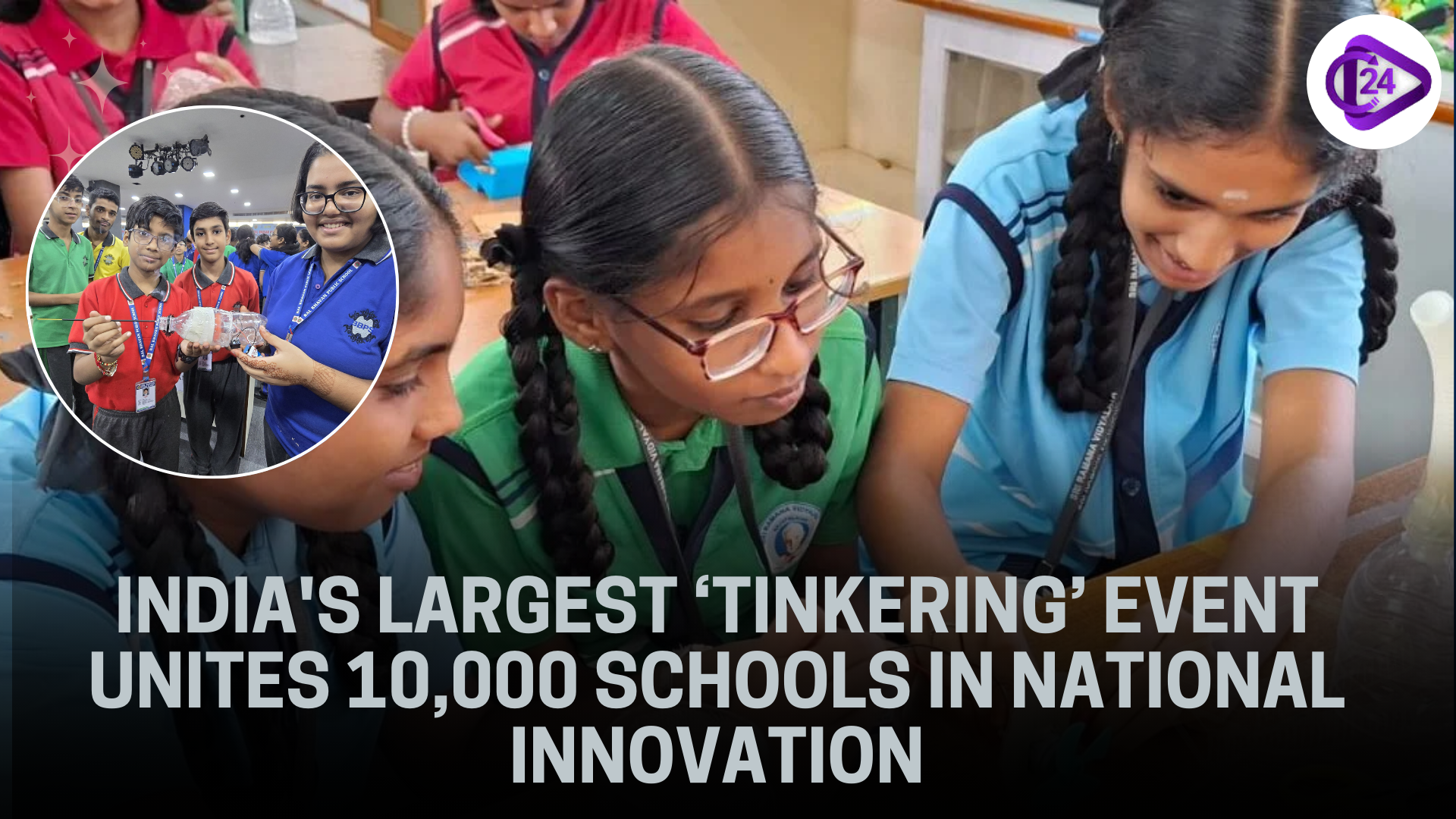 India's Largest ‘Tinkering’ Event by Atal Innovation Mission Unites 10,000 Schools in Live National
India's Largest ‘Tinkering’ Event by Atal Innovation Mission Unites 10,000 Schools in Live National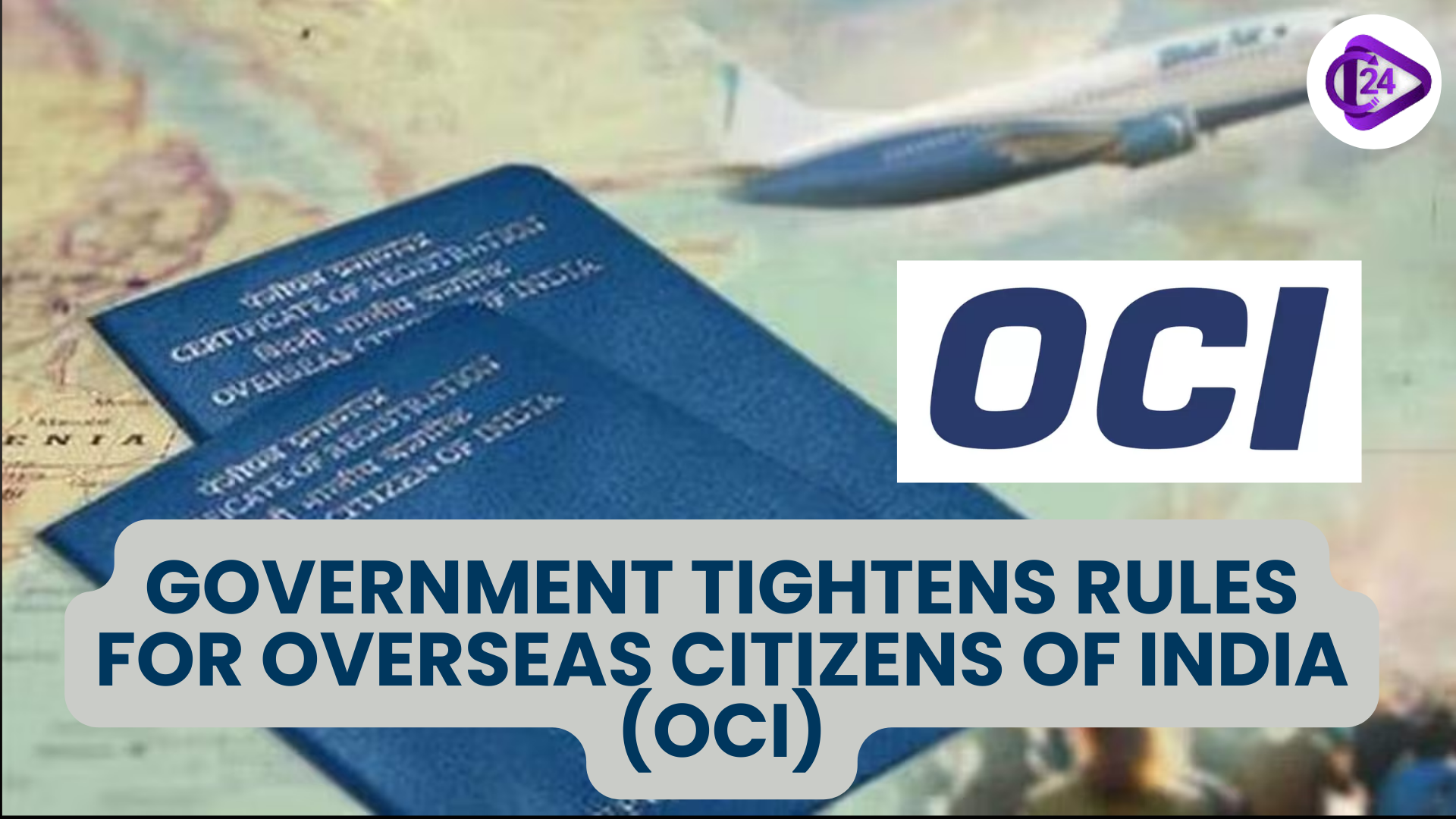 Government Tightens Rules Governing Overseas Citizens of India (OCI)
Government Tightens Rules Governing Overseas Citizens of India (OCI)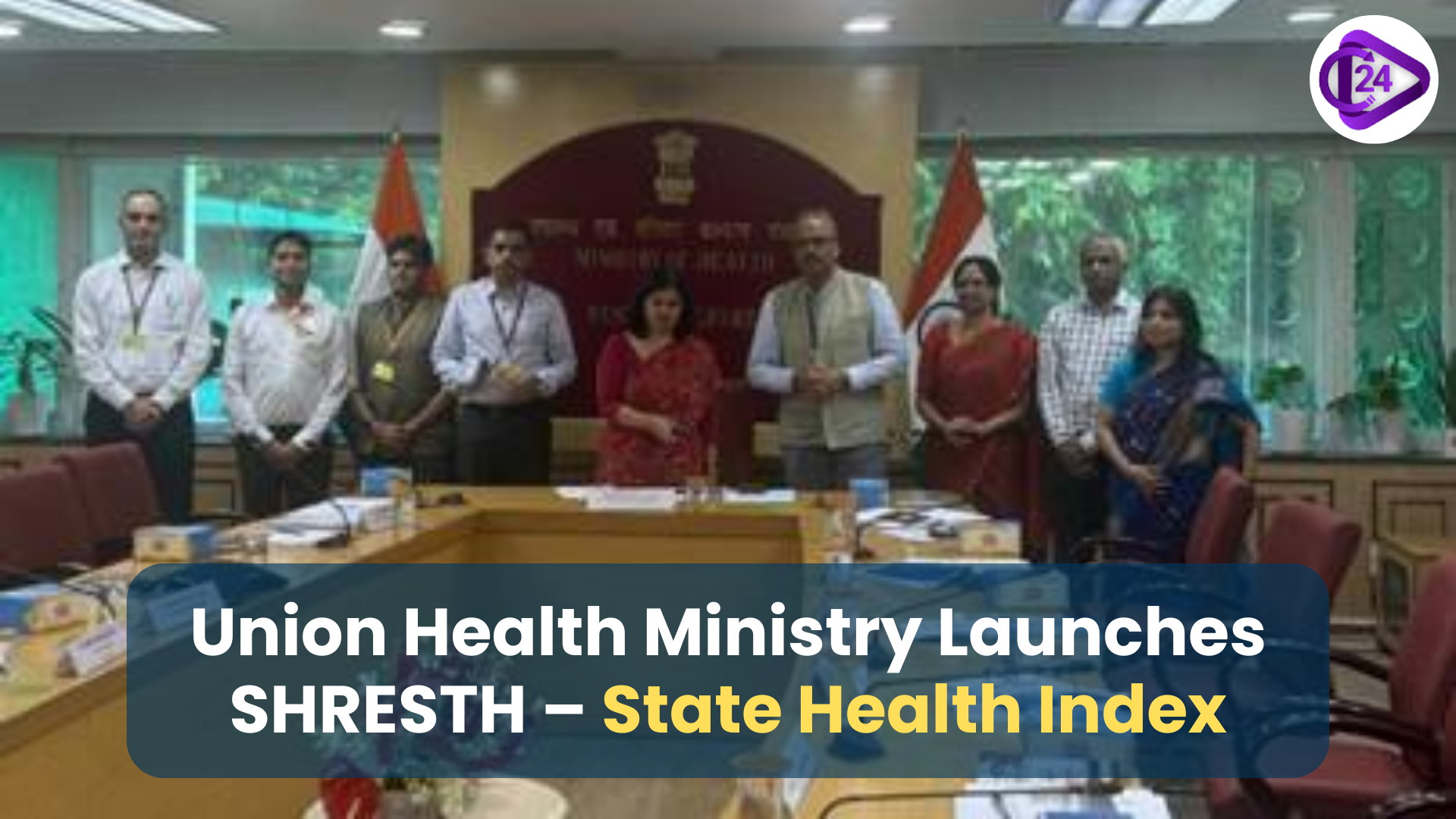 Union Health Ministry Launches SHRESTH – State Health Regulatory Excellence Index
Union Health Ministry Launches SHRESTH – State Health Regulatory Excellence Index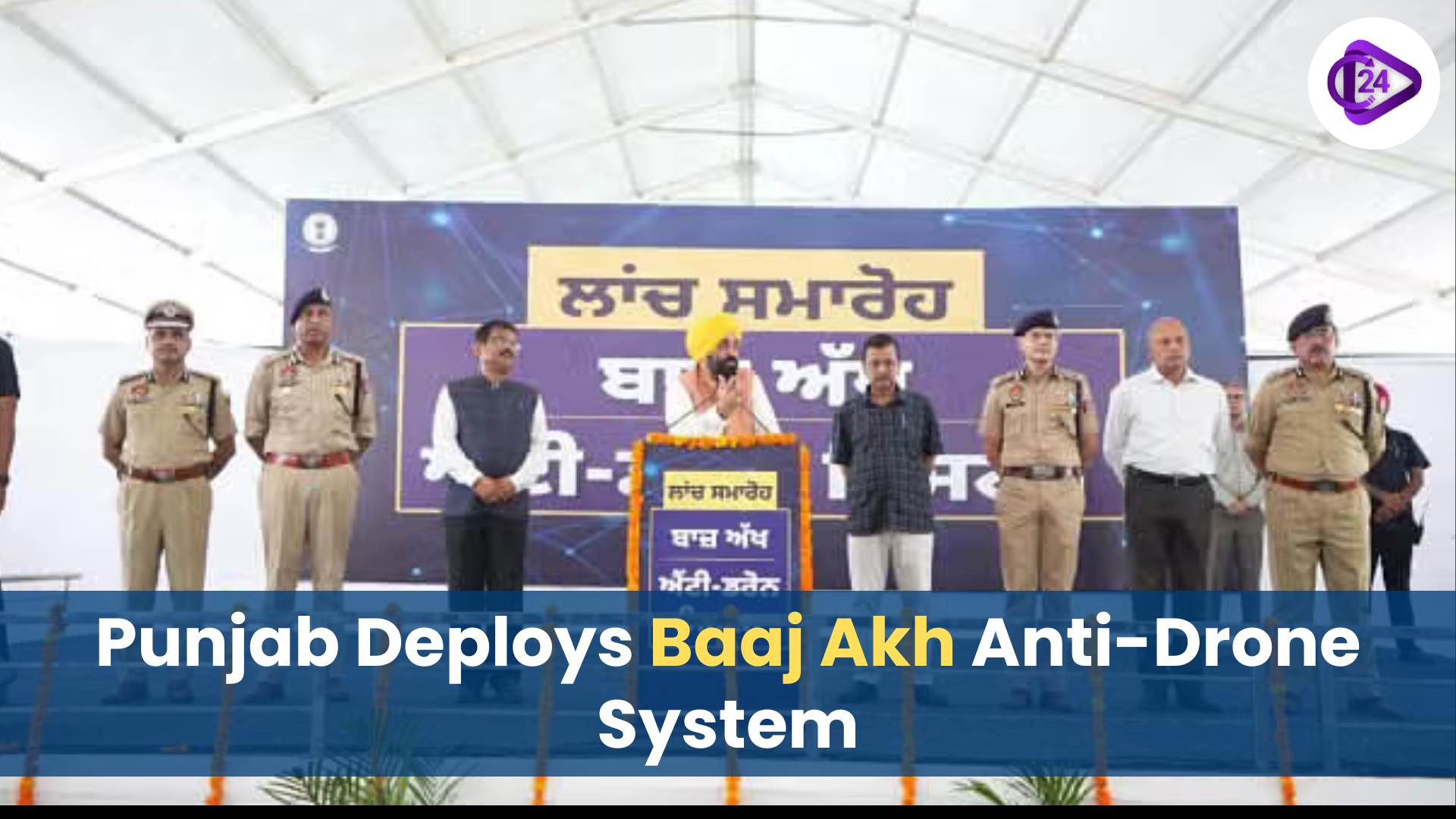 Punjab Deploys Baaj Akh Anti-Drone System
Punjab Deploys Baaj Akh Anti-Drone System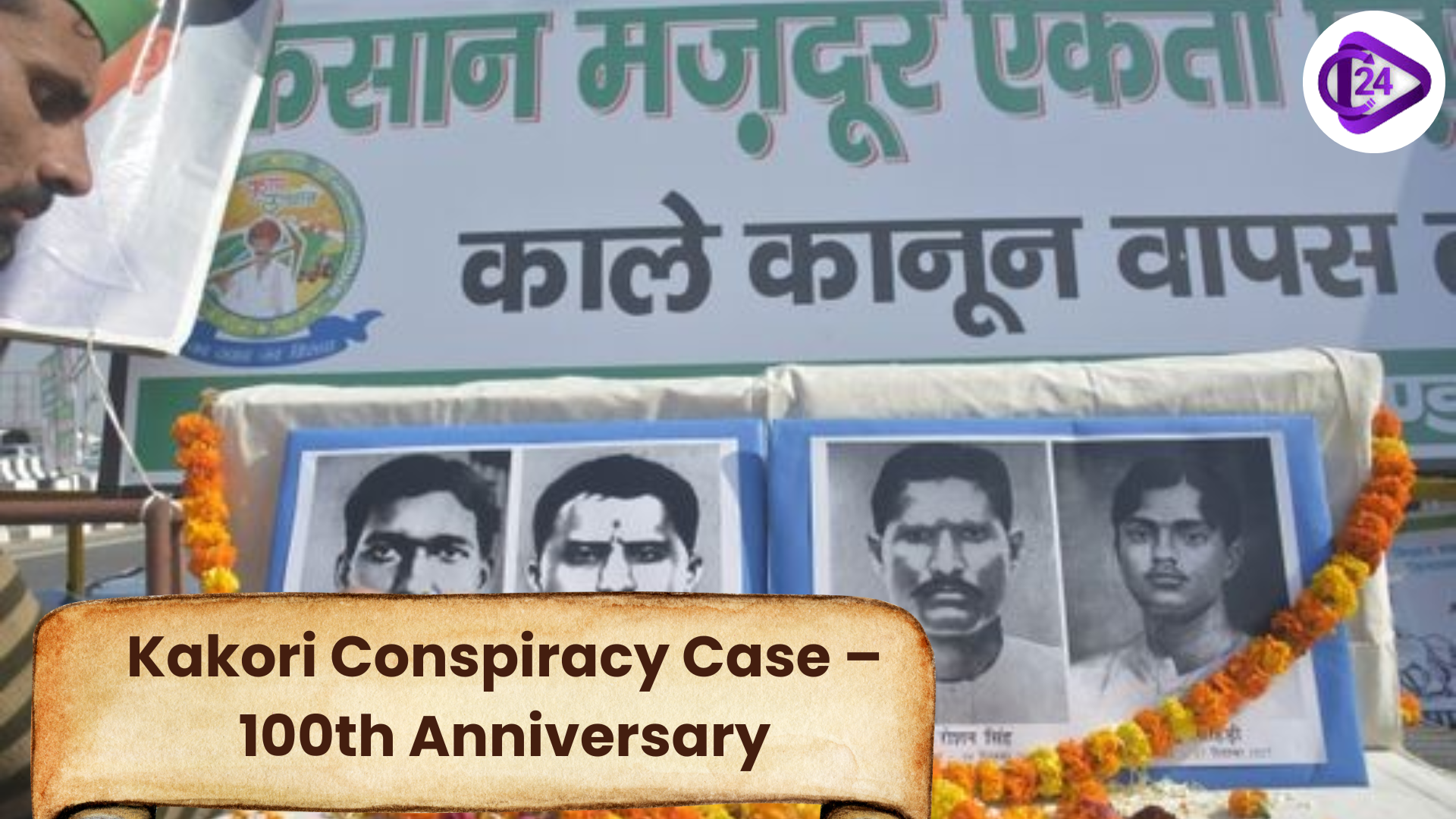 PM Modi honours revolutionaries on Kakori Conspiracy Case on 100th Anniversary
PM Modi honours revolutionaries on Kakori Conspiracy Case on 100th Anniversary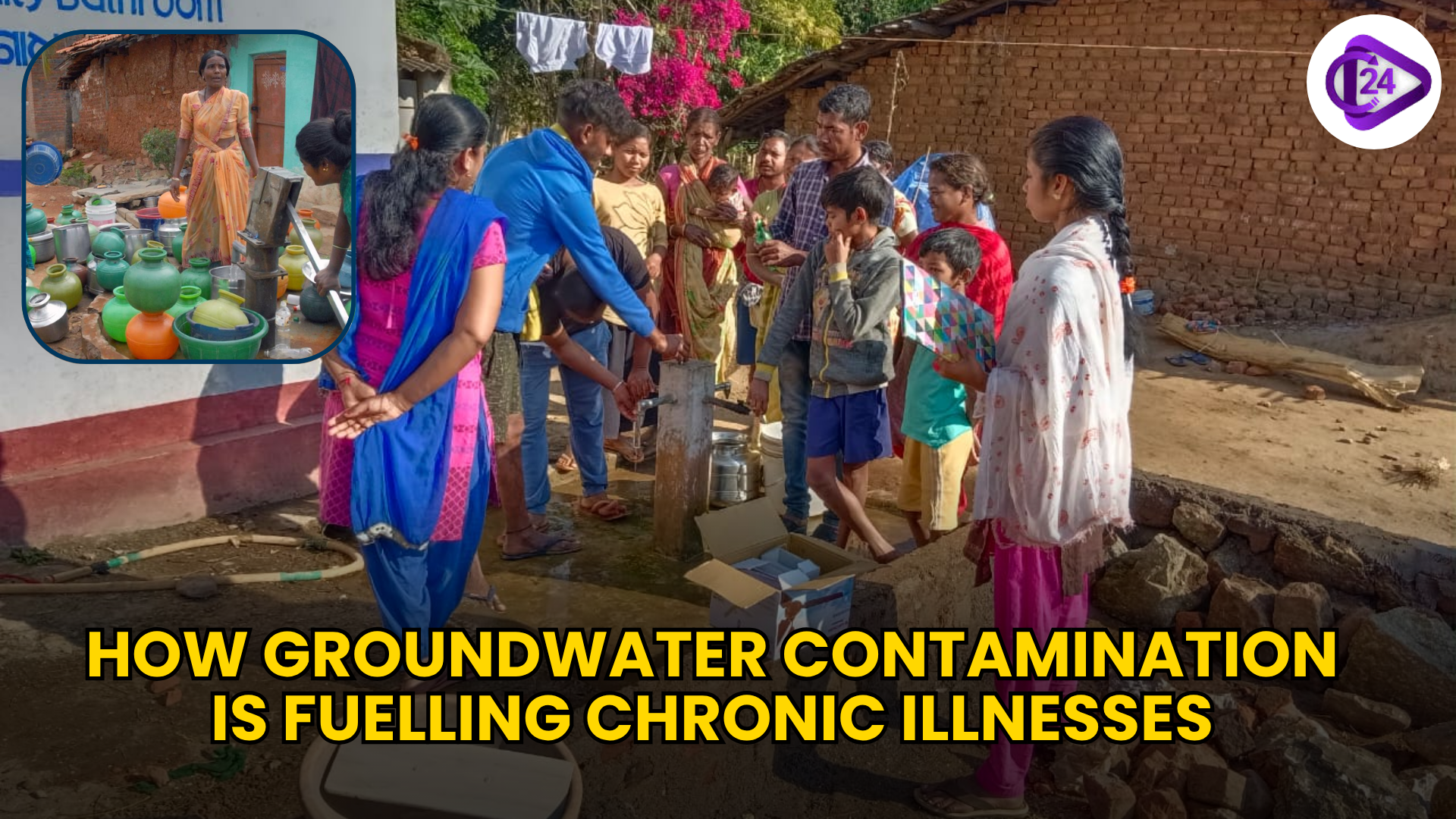 How Groundwater Contamination is Fuelling Chronic Illnesses
How Groundwater Contamination is Fuelling Chronic Illnesses Welfare of farmers highest priority, says Modi amid FTA negotiations with U.S.
Welfare of farmers highest priority, says Modi amid FTA negotiations with U.S.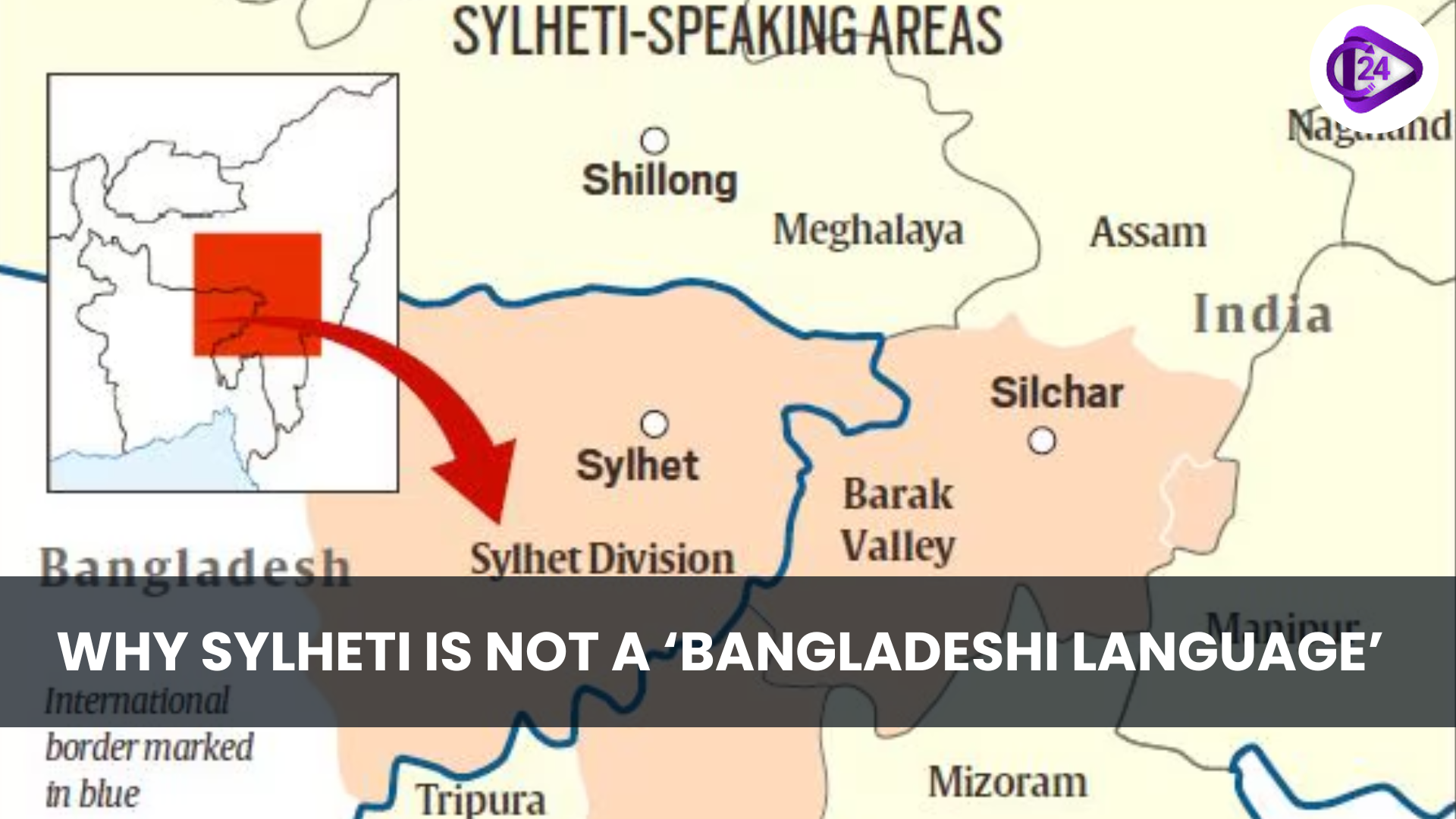 Sylheti Language Row: Identity, Politics, and Partition Legacy
Sylheti Language Row: Identity, Politics, and Partition Legacy Hand, Foot and Mouth Disease (HFMD) in Delhi Schools
Hand, Foot and Mouth Disease (HFMD) in Delhi Schools

